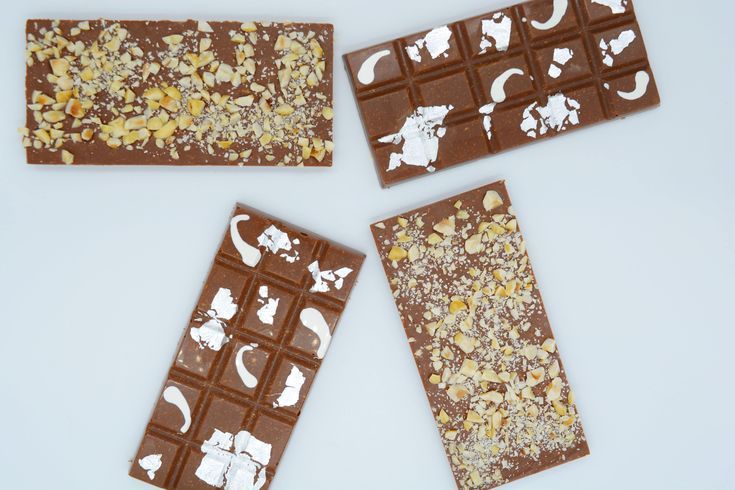Most of us love POLKADOT SHROOM BARS . Americans eat an average of 12 pounds of chocolate a year. Indeed, many of the people I see for nutritional consultation in my private practice express concern and a bit of guilt about their chocolate intake. (I don’t tell them that naturopathic physicians may also be found perusing the organic chocolate shelves at various health food stores.)
The history of chocolate begins in Mexico. In 1519 Spanish Conquistador Hernando Cortes led an expedition into the depths of Mexico looking for gold and silver treasures from the Aztec people. The Emperor Montezuma, along with his subjects, welcomed these strange looking visitors as “white Gods, risen from the sea.” The Spaniards were feasted and served a cold, bitter drink that was very popular among the Aztecs.
From the Aztecs, the Spaniards learned that the drink has mystical connections, it being the product of the juice of the seeds of the cacao tree. Montezuma himself held that the drink not only gave him strength and energy, but also gave an impetus to his sexual prowess. To the Spaniards, the drink was too bitter. By adding sugar, however, it was made more pleasant to their tastes.
It was so good that Cortes decided to introduce this new find into the Spanish Court. He called it chocolatl and it became a delicacy among the Spanish elite, served piping hot. Soon Spanish ships were bringing regular supplies of cacao beans to satisfy a rapidly growing demand. Before long the drink spread across Europe. In England, they changed the name to the easier to pronounce “chocolate.” In 1765 chocolate was introduced to the United States.
Today, traditional Mexican healers known as “curanderos” still prescribe chocolate for bronchitis and as a magical protection against snakebites and the stings of wasps, scorpions and bees. Among the Mixteca Indians in Madera, Calif., it is drunk widely as a beverage and believed to be especially beneficial for school children.
Methods of manufacture have been refined over the years and before long the chocolate drink was just the first in a long line of cacao seed based products. Today chocolate is found in profuse quantities and a variety of both pedestrian and gourmet presentations. So, what’s the truth: Is chocolate really bad for you? Let’s look at both sides of the issue. First the bad news.



